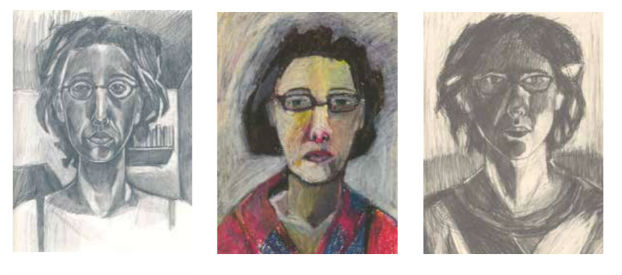
To describe Sarah Lightman’s The Book of Sarah as simply autobiography would be to miss the important questions it also poses on identity, belonging and the familial threads that connect us. With there being no Book of Sarah in the Bible, Lightman’s reflections on her life create her own substitute version, with each chapter’s contents themed with an appropriate biblical subtitle. Compiled from a multitude of Lightman’s illustrations from the mid-’90s onwards together with accompanying commentary, the source of the book’s power is that, like all great autobiographical sequential art, the specifics of its author’s experiences speak to us on a wider level about recognisable truths we have all experienced.
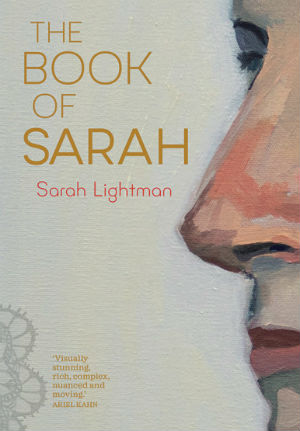 Described as tracing “her journey from modern Jewish orthodoxy to a feminist Judaism”, this long-awaited book explores Lightman’s background, her religious transitions, her own practice, motherhood and mental health. This quest of self-discovery begins with an exploration of her own family history and a childhood in North London; one that is retrospective in analysis without ever losing sight of her younger self’s child’s eye perception of the world. One resonant example of this is an early sequence depicting the household dining table that has a beautifully poetic cadence to its accompanying text; underlining the importance of family and its shared routines and yet all the more heartfelt for the lack of any human presence.
Described as tracing “her journey from modern Jewish orthodoxy to a feminist Judaism”, this long-awaited book explores Lightman’s background, her religious transitions, her own practice, motherhood and mental health. This quest of self-discovery begins with an exploration of her own family history and a childhood in North London; one that is retrospective in analysis without ever losing sight of her younger self’s child’s eye perception of the world. One resonant example of this is an early sequence depicting the household dining table that has a beautifully poetic cadence to its accompanying text; underlining the importance of family and its shared routines and yet all the more heartfelt for the lack of any human presence.
Throughout, love and loss are central motifs, with the importance of the connections we make, and their fundamental place in our lives despite their relatively fleeting nature, subtly emphasised. In that regard The Book of Sarah can contain moments of joy tinged with a wistful sadness. Memory is often inextricably linked to artefacts that define moments and locations in her past. Isolated commentary on an object can become symbolic of an entire experience, negating any need for a direct depiction of events they relate to and giving us something that is all the more connective for its poignant detachment.
Her decision to shift from the linear and the specific to the bleakly resonant and the almost stream-of-consciousness speaks to Lightman’s readers on a more emotional level. Language can be raw and poetic, giving an added layer of autheticity and power to a personal history that moves through art school, relationships and full circle to her own family unit (as daughter becomes mother) with a probing and often self-deprecating tone.
Lightman uses graphic narrative in The Book of Sarah as a personal space to dissect and examine, to deconstruct and reconstruct, to find meaning in the fragmentary and revelations in unexpected places. What is universal in these specifics, though, are the anxieties, the doubts, the questioning and the search for identity that we can all relate to. The Book of Sarah is a graphic novel we can return to time and again to immerse ourselves in the profound truths that rest within its beautifully presented pages.
Sarah Lightman (W/A) Myriad Editions/Penn State University Press
Review by Andy Oliver





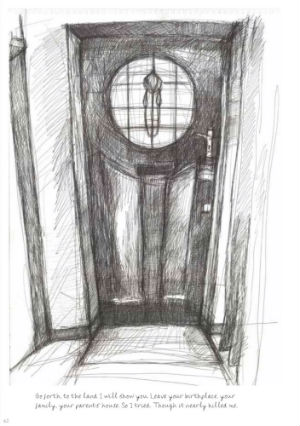
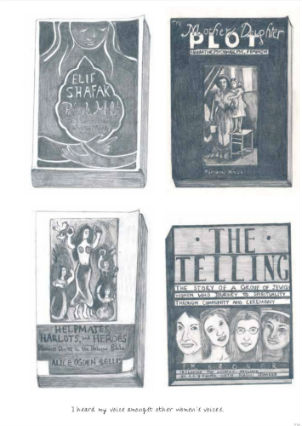
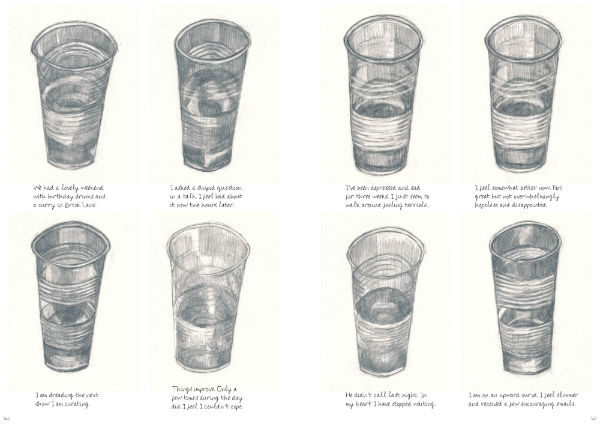
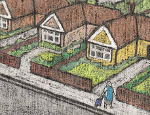








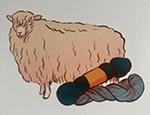
[…] Book Review: The Book of Sarah – Profound Truths Rest Between the Covers of Sarah Lightman’s Autobiographical… […]